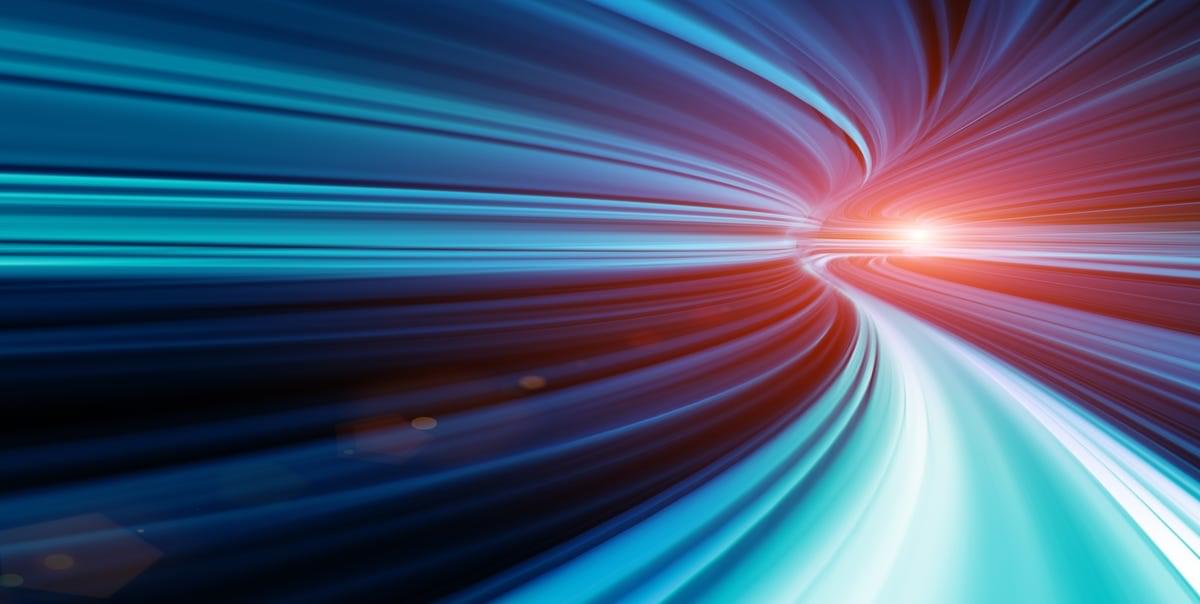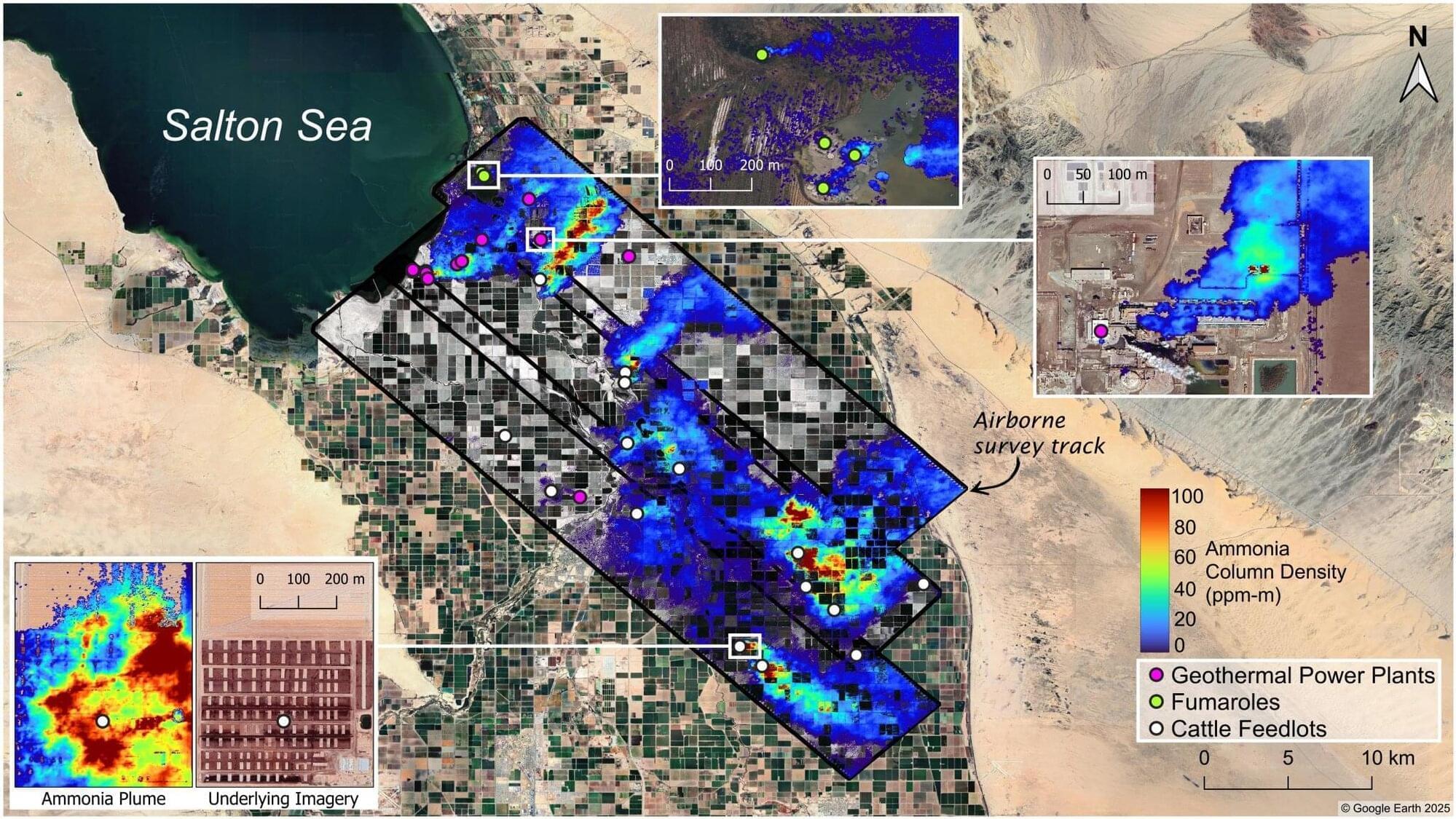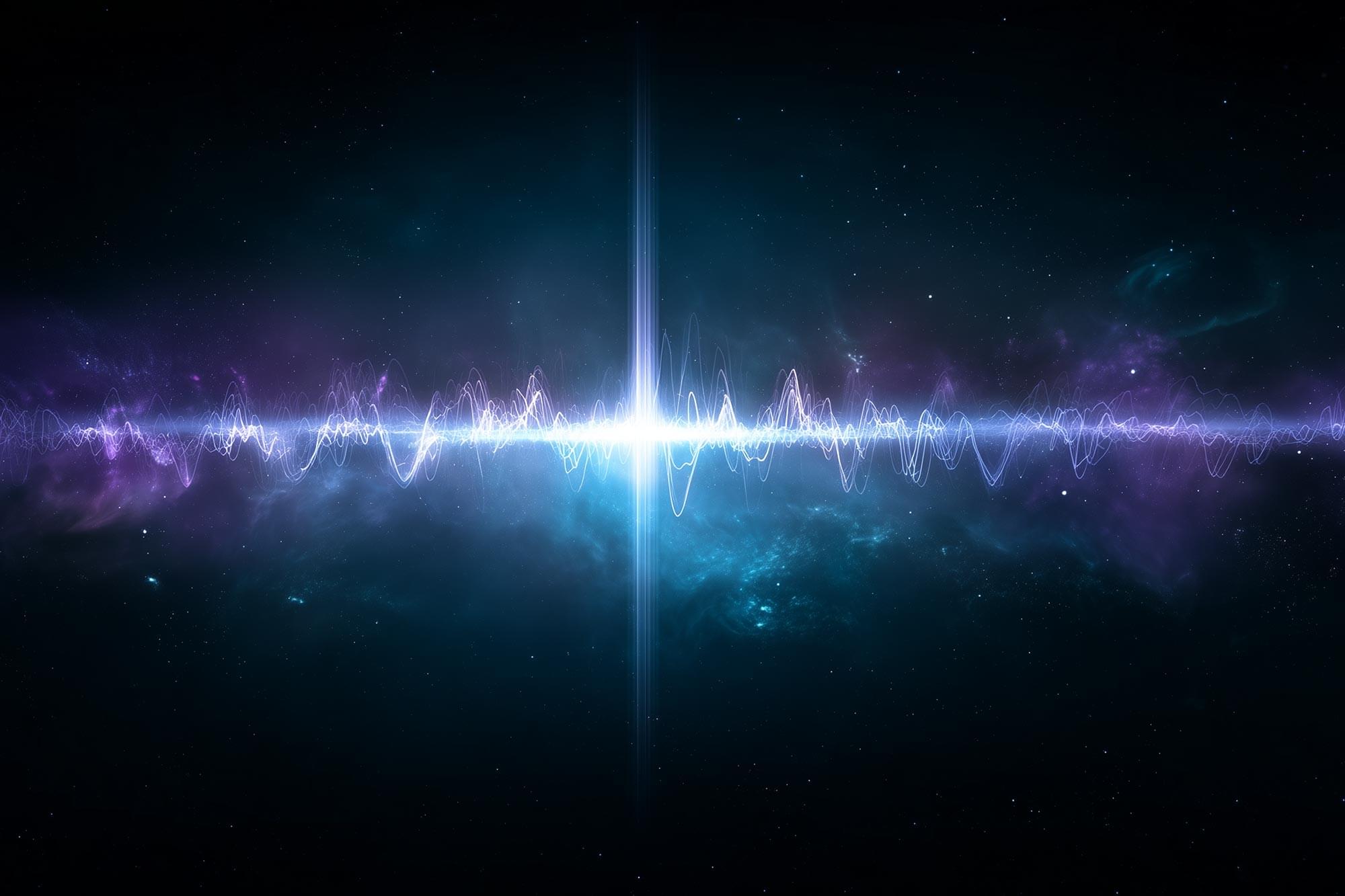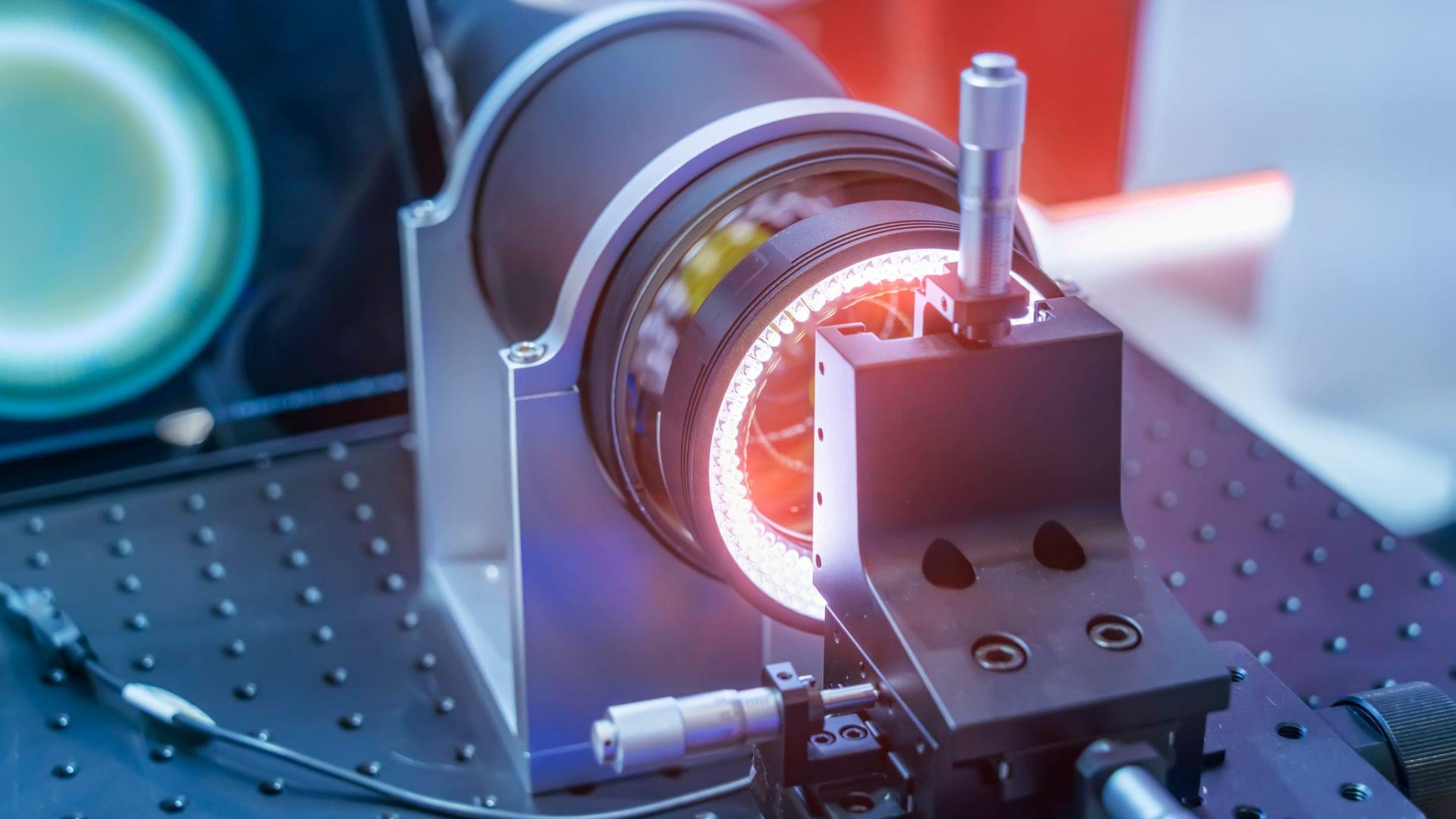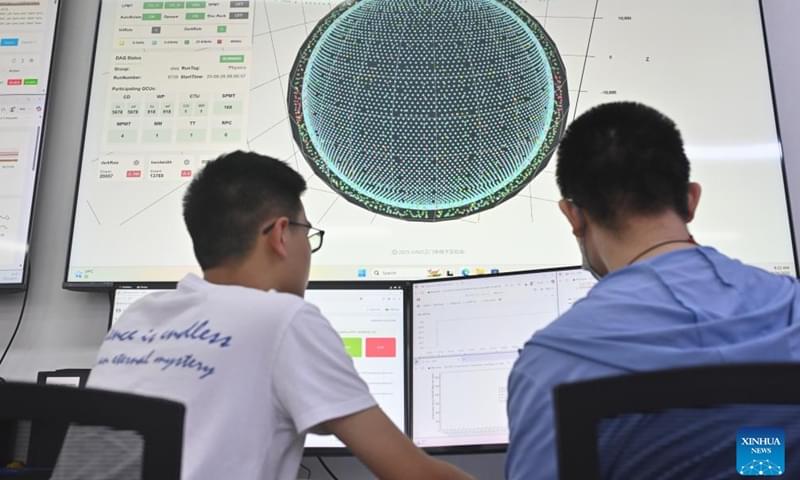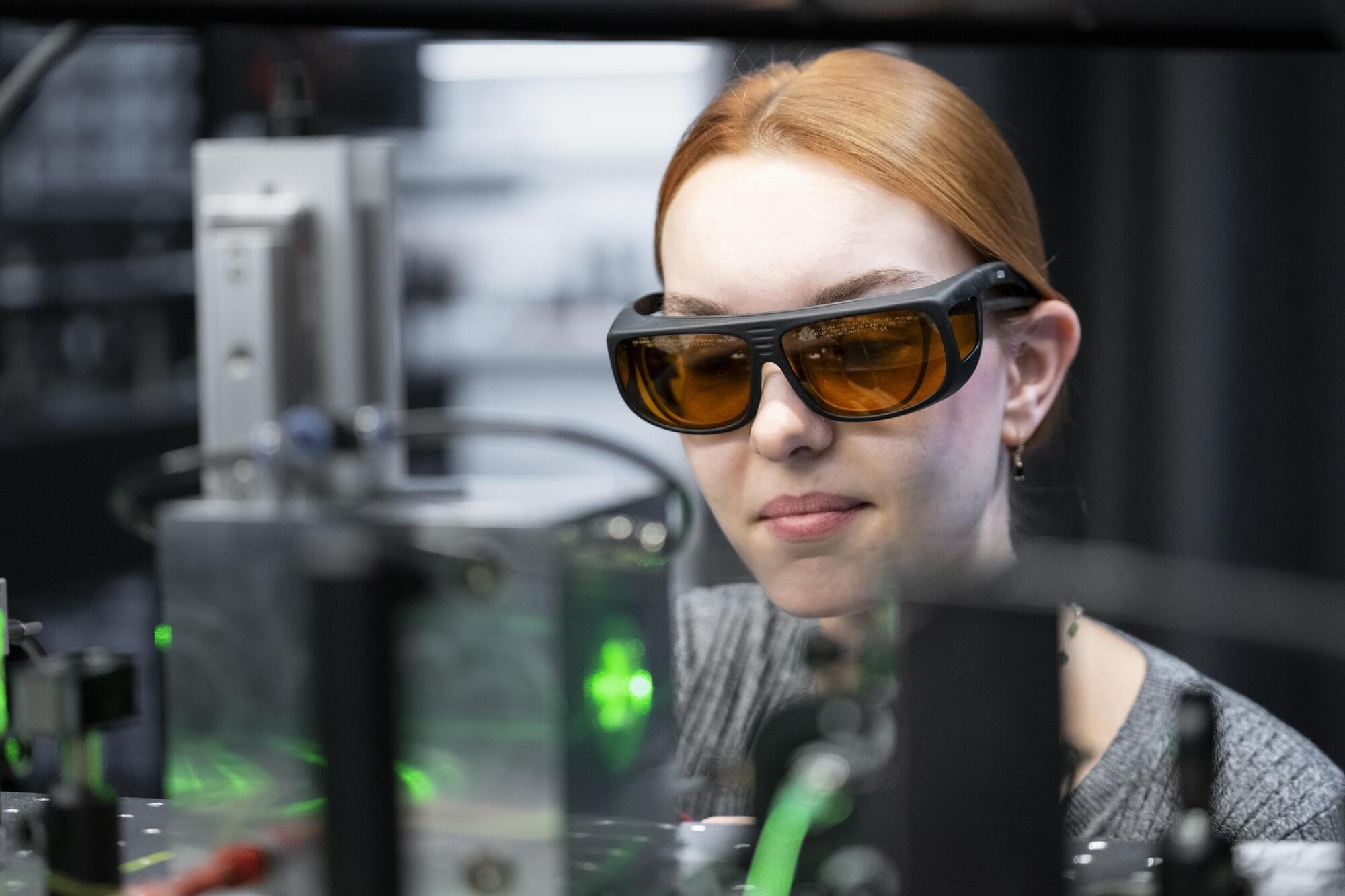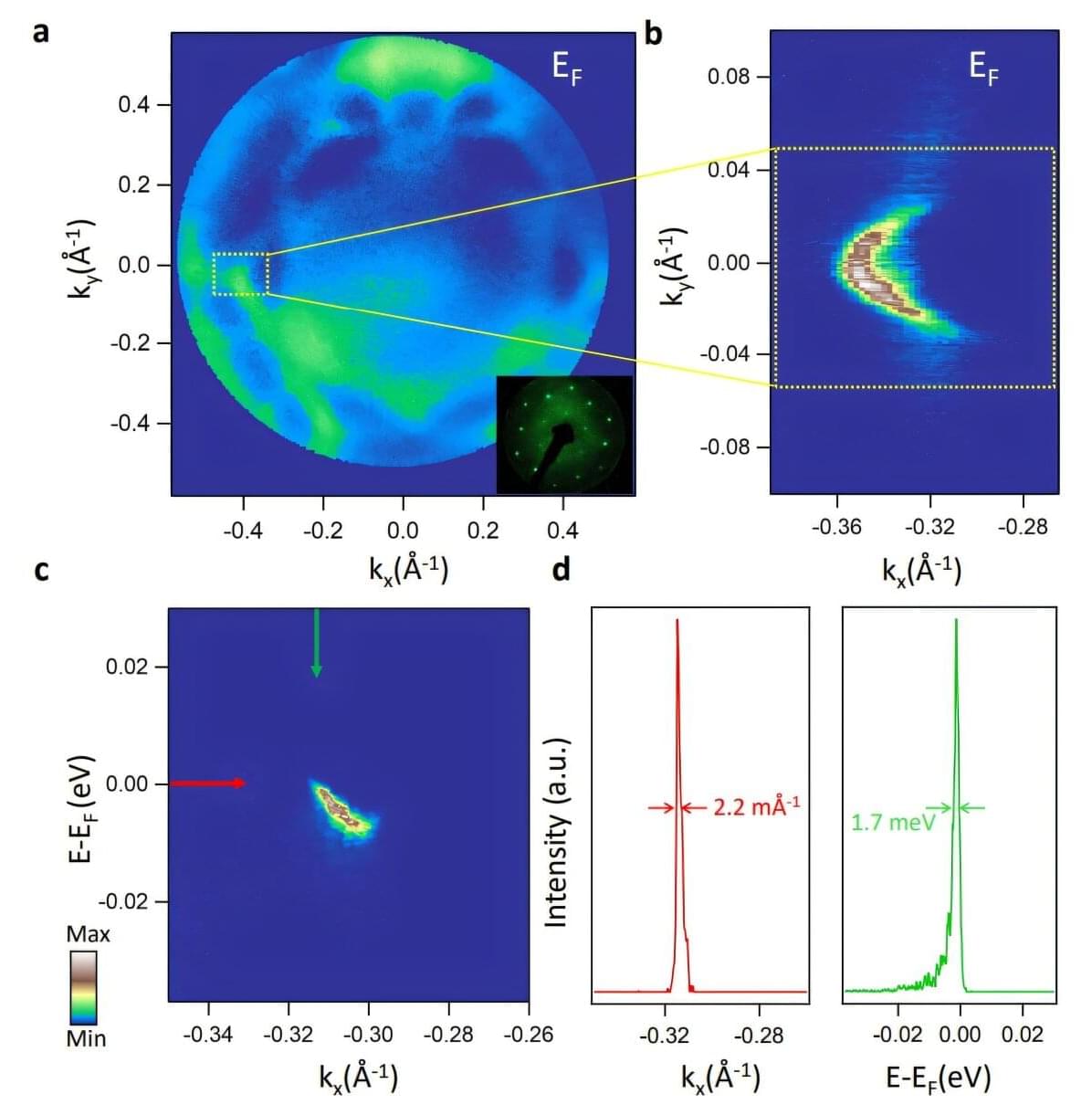Quantum physicist Vlatko Vedral proposes a radical vision of reality, one in which observers don’t exist, there are no particles and there is no space or time. Instead, for Vedral, quantum numbers, also known as Q numbers, are the true essence of reality, and it’s a much more beautiful and useful way to understand the world.
–
Learn more ➤ https://www.newscientist.com/article/.… ➤ https://bit.ly/NSYTSUBS Get more from New Scientist: Official website: https://bit.ly/NSYTHP Facebook: https://bit.ly/NSYTFB Twitter: https://bit.ly/NSYTTW Instagram: https://bit.ly/NSYTINSTA LinkedIn: https://bit.ly/NSYTLIN About New Scientist: New Scientist was founded in 1956 for “all those interested in scientific discovery and its social consequences”. Today our website, videos, newsletters, app, podcast and print magazine cover the world’s most important, exciting and entertaining science news as well as asking the big-picture questions about life, the universe, and what it means to be human. New Scientist https://www.newscientist.com/
Subscribe ➤ https://bit.ly/NSYTSUBS
Get more from New Scientist:
Official website: https://bit.ly/NSYTHP
Facebook: https://bit.ly/NSYTFB
Twitter: https://bit.ly/NSYTTW
Instagram: https://bit.ly/NSYTINSTA
LinkedIn: https://bit.ly/NSYTLIN
About New Scientist:
New Scientist was founded in 1956 for “all those interested in scientific discovery and its social consequences”. Today our website, videos, newsletters, app, podcast and print magazine cover the world’s most important, exciting and entertaining science news as well as asking the big-picture questions about life, the universe, and what it means to be human.
New Scientist.
